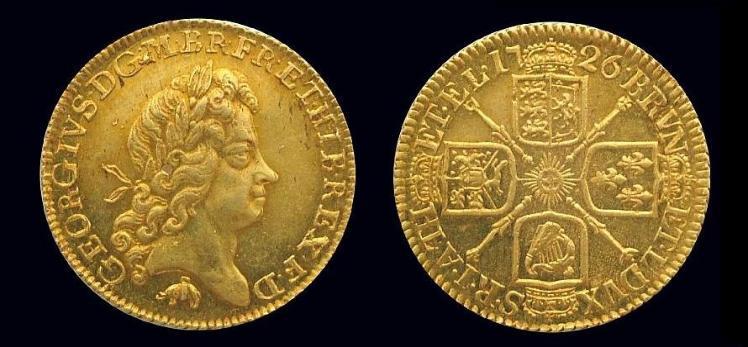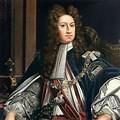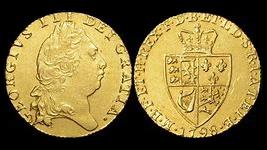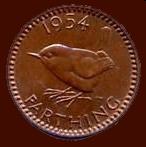








Designed by Nigel G Wilcox






The Paragon Of Metal Detecting
Powered By Sispro1
British Sterling Currency - Numismatics,
Guinea
For Reference ONLY
Everything For The Detectorist
Royal Monarchy
Copyright All Rights Reserved by Nigel G Wilcox E-Mail: ngwilcox100@gmail.com
INFORMATION - DATA
Pages

Guinea


George I 1702-1714 AD
King George I's guinea coins were struck in all years between 1714 and 1727, with the elephant and castle sometimes appearing in 1721, 1722, and 1726. His guineas are notable for using five different portraits of the king, and the 1714 coin is notable for declaring him to be Prince Elector of the Holy Roman Empire. The coins weighed 8.3-8.4 grams, were 25-26 millimetres in diameter, and the average gold purity was 0.9135.
The 1714 obverse shows the right-facing portrait of the king with the legend GEORGIVS D G MAG BR FR ET HIB REX F D ("George, by the grace of God of Great Britain, France, and Hibernia King, Fidei Defensor"), while the later coins bear the legend GEORGIVS D G M BR FR ET HIB REX F D. The reverse follows the same general design as before, except the order of the shields is England and Scotland, France, Ireland, and Hanover, with the legend in 1714 BRVN ET LVN DVX S R I A TH ET PR EL 1714 ("Duke of Brunswick and Lueneburg, Arch-Treasurer and Prince Elector of the Holy Roman Empire"), and in other years BRVN ET L DVX S R I A TH ET EL date ("Duke of Brunswick and Lueneburg, Arch-Treasurer and Elector of the Holy Roman Empire"). The edge of the coin is milled diagonally.
The value of the guinea had fluctuated over the years from 20 to 30 shillings and back down to 21 shillings and sixpence by the start of George's reign. A royal proclamation of December 1717 fixed the value of the guinea at 21 shillings.
The 1714 obverse shows the right-facing portrait of the king with the legend GEORGIVS D G MAG BR FR ET HIB REX F D ("George, by the grace of God of Great Britain, France, and Hibernia King, Fidei Defensor"), while the later coins bear the legend GEORGIVS D G M BR FR ET HIB REX F D. The reverse follows the same general design as before, except the order of the shields is England and Scotland, France, Ireland, and Hanover, with the legend in 1714 BRVN ET LVN DVX S R I A TH ET PR EL 1714 ("Duke of Brunswick and Lueneburg, Arch-Treasurer and Prince Elector of the Holy Roman Empire"), and in other years BRVN ET L DVX S R I A TH ET EL date ("Duke of Brunswick and Lueneburg, Arch-Treasurer and Elector of the Holy Roman Empire"). The edge of the coin is milled diagonally.
The value of the guinea had fluctuated over the years from 20 to 30 shillings and back down to 21 shillings and sixpence by the start of George's reign. A royal proclamation of December 1717 fixed the value of the guinea at 21 shillings.
George I
Main Coin Menu

VIEW ALL MENUS
Member NCMD
6. S. Menu
























